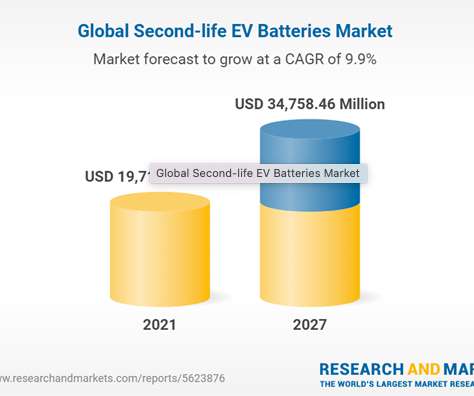GE to expand sodium-halide battery plant with $70M investment
Green Car Congress
JULY 10, 2012
GE will invest an additional $70 million to expand its sodium-halide battery manufacturing plant in New York, which is part of the company’s new Energy Storage business. GE is also looking at using the batteries in heavy-duty hybrid applications such as in buses, locomotives and mining vehicles.












Let's personalize your content